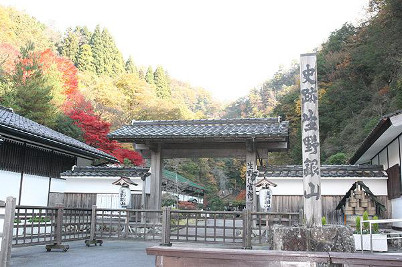

The first recorded Iwatsu Negi was the Asago-shi variety (Records of Asago area, published in 1903). According to the sources, in 1803, the latter part of the Edo period, Ikuno Silver Mine thrived in Asago. The Iwatsu Negi is reputed to have been planted in that same year. A person who was a magistrate for the silver mine took Kujo leek from Kyoto and grew it to give to the mine workers.

Because the first Iwatsu Negi did not stay fresh for a long time and was inferior in flavor and appearance, Iwatsu leek was crossbred with Senju leek from Kanto region during the early Showa period. Afterwards, the process of selective breeding got better and enhanced the current qualities.In 1946, after establishing the “Iwatsu Negi cooperative,” farming families played a central part in finding a market for this crop. They made efforts to launch a new brand.
As the Internet did not exist at that time, its reputation was spread by word of mouth, little by little.

However, as it grew in popularity, the cooperative faced the obstacle of quality control and other companies started to sell fakes. As a result, they made it a rule to attach indication tags called “Akahuda” to a sheaf of leek to protect the brand until the beginning of the Heisei period. The Asago-cho Iwatsu Negi industrial association organized in 2003, registered the trademark of “Iwatsu Negi”(Negi means leek), and has been making efforts to protect quality control.
*MOSHI-NOU is tackling the task of improving the quality of Iwatsu Negi as a member of an Iwatsu Negi industrial association. TOPに戻る
TOPに戻る
 Koshihikari
Koshihikari Tanba Kuro
Tanba Kuro